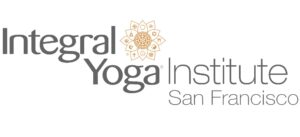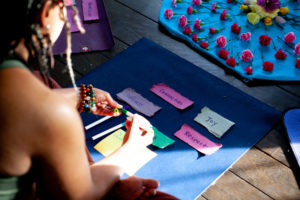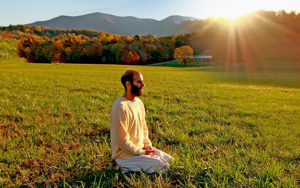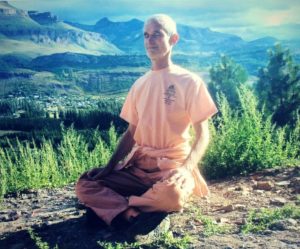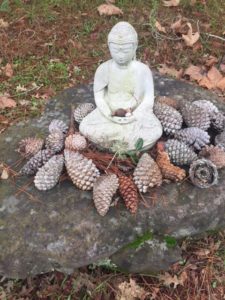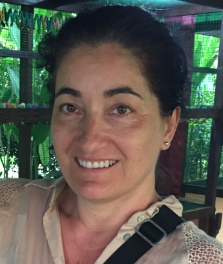How Trauma Sensitive Yoga Changed My Life
by Kelsey Gustafson
There are few choices that stand out in my life as having changed everything.
Deciding to become trained professionally in Trauma Center Trauma Sensitive Yoga has been the most helpful and profound investment I have made in the last decade.
I’ve been reflecting on how I got to be here – teaching trauma sensitive movement full time. And there was a pivotal moment that changed everything for me.
Here’s the story…
I was deep into my personal healing journey when I first realized that something was missing. I had been teaching yoga for 5 years and was leading retreats, workshops and classes regularly.
While I was in Guatemala leading a retreat, one evening we facilitated a cacao-infused ecstatic dance with a live DJ.
It was a gorgeous scene with the sun setting over the lake and people dancing around, touching each other and laughing, all in their perfect outfits.
However, I felt myself inching away from the scene.
When I stepped back, I noticed a woman on the edge, also looking at the scene, just observing.
In my mind I called her “the girl in the shadows” – and I recognized her as part of me.
I started to get curious about her and I realized…
- She wants to move slower.
-
- She wants to build safety before diving into intimacy.
- She wants support creating and upholding healthy boundaries.
- She wants choice and agency with how she moves.
-
- She wants to be invited to go at her own pace.
- She wants to actually feel safe enough to connect to herself.
- She wants to feel her body on her own terms.
-
- She doesn’t always want to touch other people or be touched.
- She can’t always access her body (let alone bliss).
- So she sometimes feels left out or left behind in the yoga scene.
I realized that I needed to make space for that part in me.
I realized that so much of what I had been taught as yoga was inaccessible to her.
I realized that I wanted to learn how to teach to “the girl in the shadows.”
So I flew to the east coast where I began an in-depth training in Trauma Sensitive Yoga. This training changed everything for me.
I learned that cathartic, intense release is not always helpful for trauma survivors. I learned the importance of consent in facilitating. I learned to teach from a place that honors power dynamics and invites personal autonomy.
It became clear to me why I felt so uncomfortable pushing bliss.
Forcing or pushing happiness is just as toxic as forcing pain.
From my new perspective, I have the tools to hold space for the full spectrum of emotions and experiences that come up for people on their healing journey.
My compassion and love for my work has grown tremendously.
I am so incredibly grateful to be able to confidently work with trauma survivors.
If you are a yoga teacher, therapist, clinician or facilitator who wants to grow your skill in holding space for trauma healing, join me for an introductory training in trauma informed care.
In one afternoon, I will share the essential tools that I use in my full time practice as a somatic trauma resolution facilitator.
This training is perfect for yoga and movement teachers, therapists, counselors, psychologists, healthcare professionals, teachers, activists, healers, caregivers, and anyone who wants to learn the theory and practice of trauma informed care.
Join the growing field of trauma treatment. Be a grounding force in chaotic times. We need you!
Our next workshop on Teaching Trauma Sensitive Yoga will be offered online, Saturday May 9 from 1:00-5:00pm PST. More information and registration here.
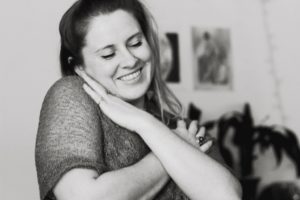
Kelsey Gustafson, RYT 200, TCTSY-F, has been teaching yoga for 10 years and has over 1,000 hours of training in yoga and healing arts. In 2015, Kelsey became the first Trauma Sensitive Yoga Facilitator in the state of California when she graduated from the advanced TCTSY certification program through the Center for Trauma & Embodiment. She has a private practice in Oakland where she combines the Trauma Sensitive Yoga method with Somatic Experiencing. Kelsey is on the teaching team for the Rebloom Trauma Training and also facilitates group classes in somatic trauma healing and trainings for professionals who want to become more trauma informed.
